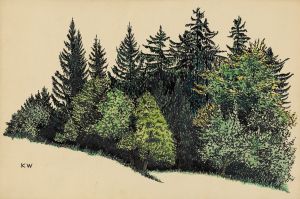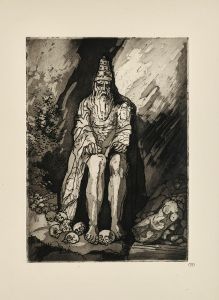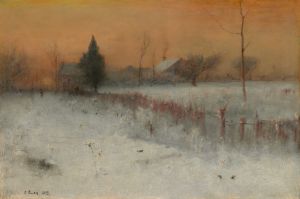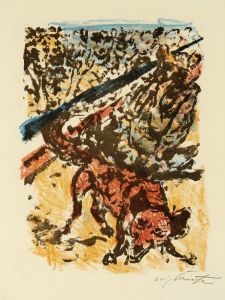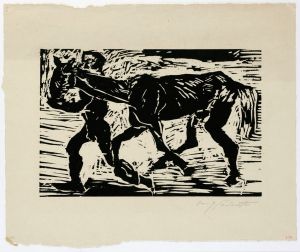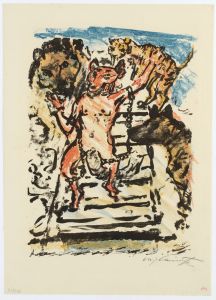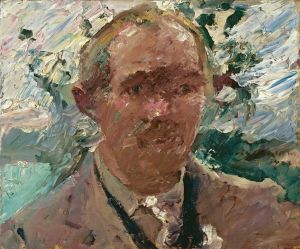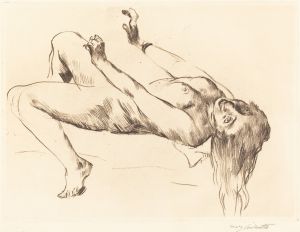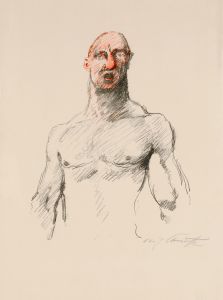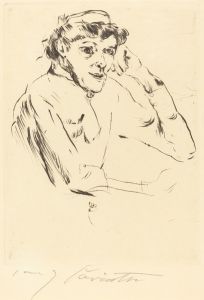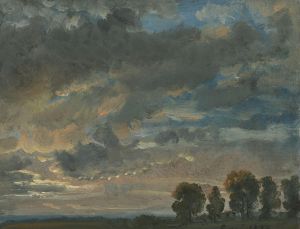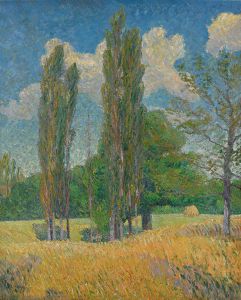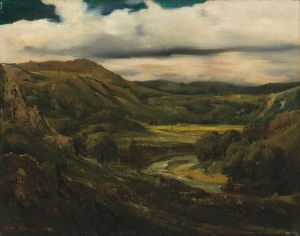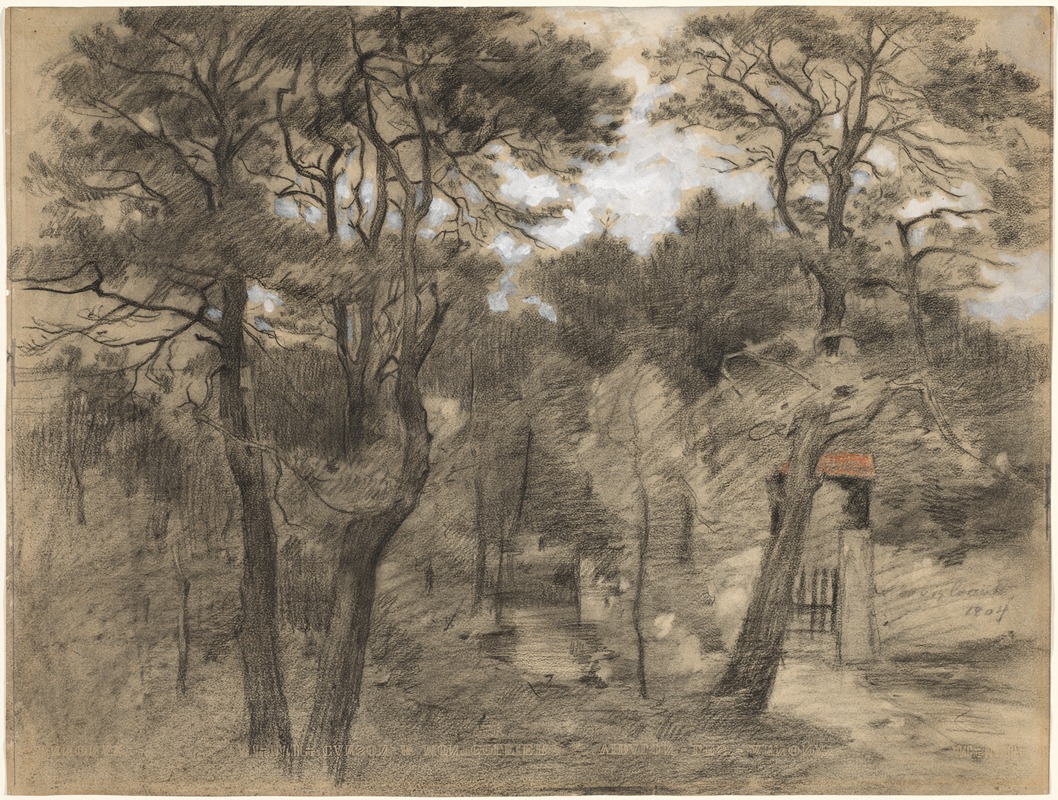
Landscape
A hand-painted replica of Lovis Corinth’s masterpiece Landscape, meticulously crafted by professional artists to capture the true essence of the original. Each piece is created with museum-quality canvas and rare mineral pigments, carefully painted by experienced artists with delicate brushstrokes and rich, layered colors to perfectly recreate the texture of the original artwork. Unlike machine-printed reproductions, this hand-painted version brings the painting to life, infused with the artist’s emotions and skill in every stroke. Whether for personal collection or home decoration, it instantly elevates the artistic atmosphere of any space.
Lovis Corinth, a prominent German painter and printmaker, created the painting "Landscape" in 1890. Corinth is known for his contributions to the German Impressionist movement and later to Expressionism. Born on July 21, 1858, in Tapiau, East Prussia (now Gvardeysk, Russia), he studied art in Königsberg, Munich, and Paris, where he was influenced by the works of the French Impressionists.
"Landscape" is a notable example of Corinth's early work, showcasing his transition from academic training to a more impressionistic style. The painting depicts a serene natural scene, characterized by loose brushwork and a vibrant palette, which are hallmarks of the Impressionist technique. This period in Corinth's career was marked by his exploration of light and color, aiming to capture the fleeting moments of nature.
The composition of "Landscape" is balanced and harmonious, with a focus on the interplay between light and shadow. Corinth's use of color is particularly striking, as he employs a range of hues to convey the atmosphere and mood of the scene. The painting reflects his keen observation of nature and his ability to translate these observations onto the canvas with a sense of immediacy and spontaneity.
Corinth's work during this time was influenced by his studies at the Académie Julian in Paris, where he was exposed to the techniques of the Impressionists. This influence is evident in "Landscape," as the painting demonstrates a departure from the more rigid and detailed style of his earlier academic training. Instead, Corinth embraced a freer, more expressive approach, which allowed him to capture the essence of the natural world.
Throughout his career, Lovis Corinth continued to evolve as an artist, eventually becoming a leading figure in the Berlin Secession, an influential group of artists who sought to break away from traditional academic art. His later works, characterized by a more expressionistic style, often depicted dramatic and emotional subjects. However, "Landscape" remains an important piece in understanding the development of his artistic journey.
Today, Lovis Corinth is celebrated for his contributions to modern art, and his works are held in numerous prestigious collections worldwide. "Landscape" is a testament to his skill and versatility as an artist, capturing a moment of tranquility and beauty in nature. The painting serves as a reminder of Corinth's ability to blend technical proficiency with a deep emotional resonance, making it a significant work in the history of German art.





